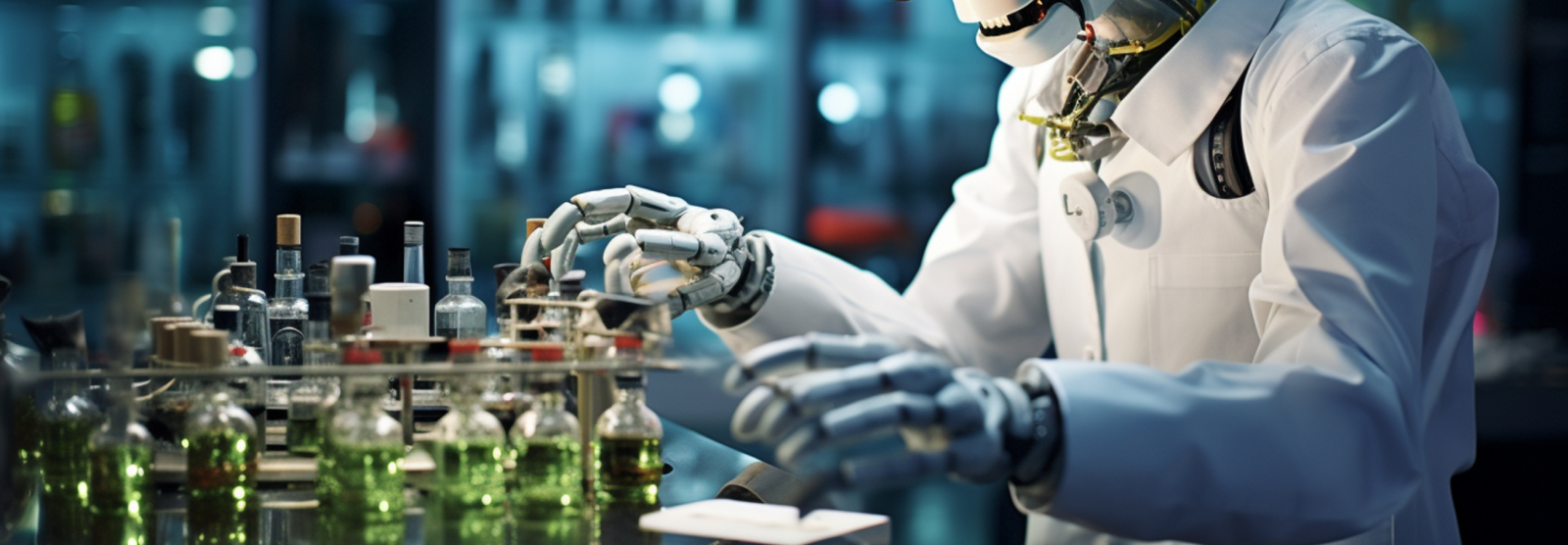AI-Powered Safety Monitoring via Computer Vision in Chemical Plants

Transforming Hazard Detection with Real-Time Visual Intelligence
Executive Summary
Chemical manufacturing remains one of the world’s most hazardous industries, with 37% of major incidents caused by undetected safety violations. This whitepaper demonstrates how computer vision powered by deep learning is revolutionizing safety monitoring—reducing workplace injuries by 50-70% while cutting compliance costs by 30%. Leading chemical companies (BASF, Dow, LyondellBasell) now deploy AI vision systems that detect PPE non-compliance, chemical leaks, and unsafe behaviors with >95% accuracy, processing 10,000+ video feeds in real-time. With regulatory pressures mounting (OSHA, REACH), these systems don’t just prevent disasters—they create provable safety cultures through auditable AI insights.
Key Challenges in Chemical Plant Safety
- Human Monitoring Gaps: 60% of near-misses go unreported
- Latent Hazards: Gas leaks/spills often invisible until critical
- Complex Environments: Dense steam, reflections challenge traditional cameras
- Regulatory Burden: $4M average fine for Process Safety Management violations
- Behavioral Safety: 80% of incidents involve procedural non-compliance
Computer Vision Solutions
- PPE Compliance Monitoring
- Real-time detection of missing gloves/face shields with pose estimation
- Dow’s Implementation: 92% reduction in PPE violations
- Leak & Spill Detection
- Hyperspectral imaging identifies chemical plumes invisible to RGB cameras
- Behavioral AI
- Flags unsafe acts (bypassing lockout/tagout, improper lifting)
- Equipment Anomalies
- Thermal + visual detection of overheating pumps/valves
- Digital Audit Trails
- Blockchain-stored video evidence for compliance reporting
Outcomes & ROI
✔ 50-70% reduction in recordable incidents
✔ 30% faster hazard response times
✔ 100% audit-ready compliance documentation
✔ 12-18 month payback period
Future Technologies
- X-ray Vision AI: Seeing through pipes for corrosion monitoring
- Autonomous Safety Drones: Flying inspectors for confined spaces
- Haptic Feedback Wearables: Vibrating alerts for unseen hazards
- Generative AI Simulations: Creating synthetic safety scenarios
Industry Insights
- BASF: Cut confined space incidents by 65% with lidar-enhanced vision
- LyondellBasell: Detects 98% of ethylene oxide leaks before alarms
- SABIC: Reduced OSHA fines by $2.3M/year through AI documentation
- Startups: StrongArm Tech’s vision-powered forklift collision avoidance
Implementation Roadmap
|
Phase |
Key Actions |
|
Infrastructure Audit |
Map camera coverage gaps in high-risk zones |
|
Pilot Deployment |
Install 5-10 AI vision nodes for PPE/leak detection |
|
System Integration |
Connect to CMMS/EHS platforms |
|
Plant-Wide Rollout |
Scale to 100% of monitored areas |
|
Continuous Learning |
Retrain models on new hazard patterns |
Conclusion
AI vision transforms safety from reactive compliance to predictive protection, with measurable ROI in incident reduction alone. As systems evolve toward autonomous hazard prevention, early adopters gain triple wins—safer workers, reduced liability, and ESG leadership. The technology now proves what safety professionals always knew: 90% of accidents are preventable with the right visibility.
Next Steps:
- Conduct safety process gap analysis
- Start with high-impact use cases (PPE/leak detection)
- Partner with specialists (Intenseye, SALK, Soter Analytics)
Contact Us:
✉ hi@adda.co.id | 🌐 www.adda.co.id
